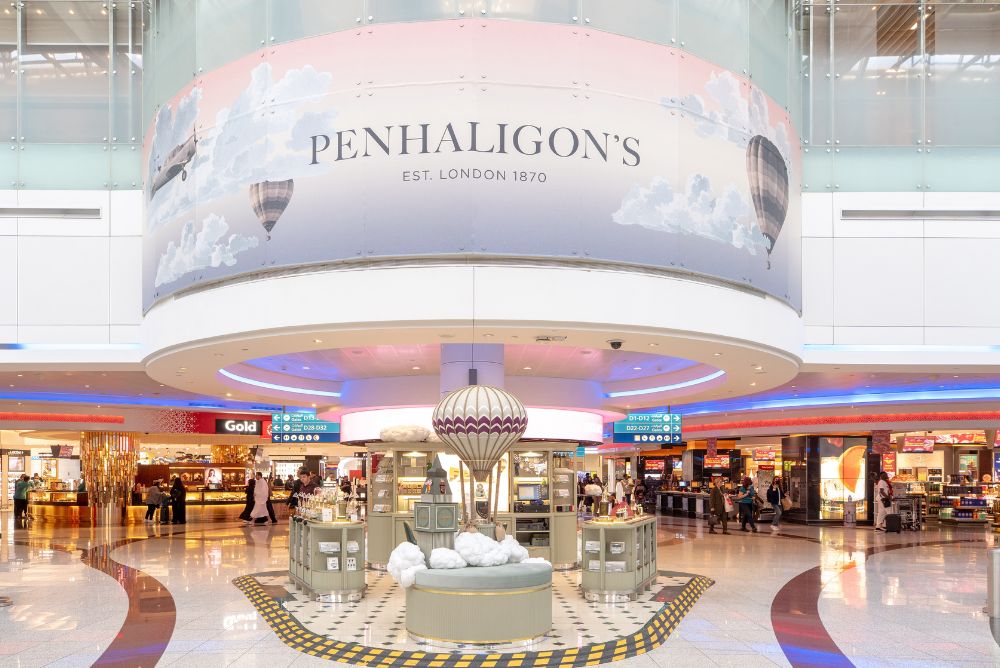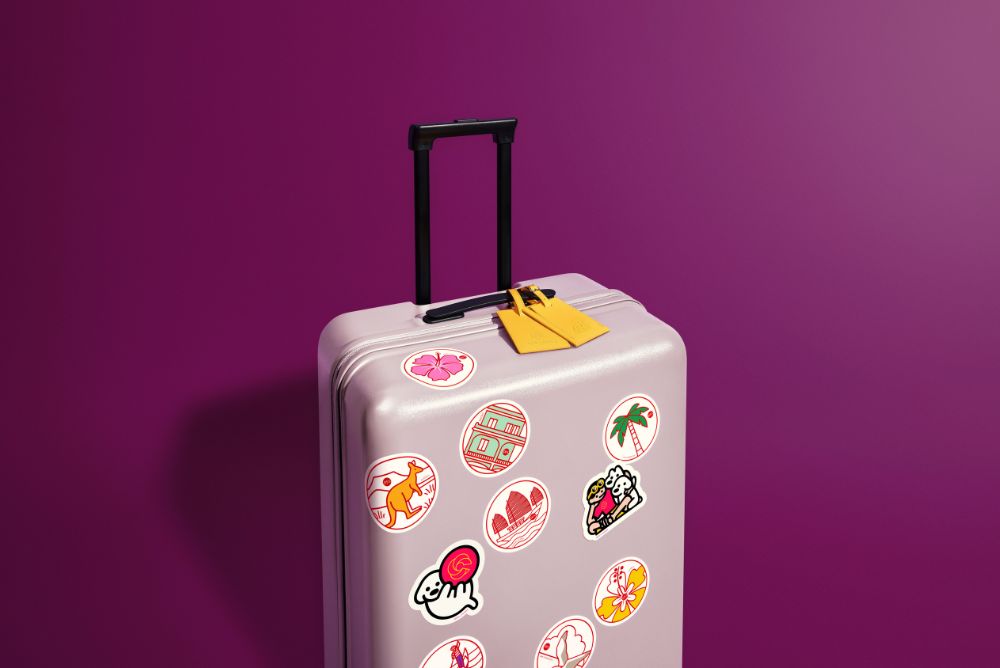ICLP says airports without loyalty programmes are missing out
By Charlotte Turner |

Mignon Buckingham, Managing Director of ICLP, a global loyalty marketing and CRM specialist, tells Charlotte Turner, in an exclusive interview, why airports without loyalty programmes could really be missing out.
Can you suggest a structure of an optimum loyalty programme for an airport? How might this positively affect its retail sales?
First of all we would have to consider the airport‘s commercial objectives and what the airport means by ‘loyalty’. Other factors also have to be taken into account such as the mix of business and leisure passengers, which will provide insight and direction as to the type of loyalty programme that is best suited to that airport.
In addition it is important to consider how the programme can be tailored so that it is attractive and relevant for the type of passenger it is targeted towards, and will motivate the right behaviour to achieve the commercial objectives of the airport, such as driving sales.
There is not really an optimum programme – a paid-for membership such as that at Schiphol might be appropriate for a number of airports, while a points-based system, such as that at Heathrow or Copenhagen, might be more suitable for others.
Many airports view technology as the primary enabler and necessary investment in developing a relationship, but this need not be a barrier. There is the option to make a start with little risk and without investment or software. There are partners able to offer interesting commercial models, meaning that an upfront investment is not always necessary.
 As a further observation, we have often seen instances where airports have invested in a CRM technology platform before fully understanding their passenger relationship strategy and objectives; their approach for acquiring data and plan for what they are going to do with it. For these companies, it can be difficult to justify further investment as they had not determined how to measure success at the outset and therefore have not been able to prove the returns that should have been generated.
As a further observation, we have often seen instances where airports have invested in a CRM technology platform before fully understanding their passenger relationship strategy and objectives; their approach for acquiring data and plan for what they are going to do with it. For these companies, it can be difficult to justify further investment as they had not determined how to measure success at the outset and therefore have not been able to prove the returns that should have been generated.
Many airports, like airlines, can be naturally very operationally focused and raising the business priority of retail marketing initiatives – especially where this involves technology – can be challenging. This is also the case for ensuring the right expertise and resources are engaged to make a relationship marketing strategy successful and avoid wasting any amount of time and investment.
Tell us how a free loyalty programme model can co-exist with a paid package service.
Both can co-exist as they have slightly different primary objectives but the strategies need to be complementary and not conflicting if this approach is to work. A paid-for programme is predominantly targeted at travellers who want a premium airport experience for which they are prepared to pay, creating an annually recurring revenue stream.
A free programme rewards travellers with points or benefits the more they travel or spend at the airport and at its simplest, could just be a single benefit such as free WiFi, provided in exchange for some personal details. Both approaches enable the customer to identify themselves and provide a platform from which the airport can initiate a more direct relationship and drive commercial success.
However there may also be the option to combine both, perhaps starting with a free programme and offering consumers the option to pay to access additional benefits. This encourages customers to trial the initial offer, participate with little commitment, understand its value and provide a further upgrade path to enhanced benefits and value.
Tell us how loyalty programmes protected some of the companies you work with, during the recession.
During the economic downturn in recent years, those companies who had not invested in loyalty programmes found it particularly difficult to target customers and influence their behaviour as they did not have enough information on who their customers were and how to reach and communicate with them.
 In the hotel sector, for example, those without a frequent guest programme were often forced to offer across-the-board discounts to everybody, and were at the mercy of ‘above the line’ advertising and promotions to drive footfall into their properties. This strategy also potentially cannibalised revenue that would have been spent anyway.
In the hotel sector, for example, those without a frequent guest programme were often forced to offer across-the-board discounts to everybody, and were at the mercy of ‘above the line’ advertising and promotions to drive footfall into their properties. This strategy also potentially cannibalised revenue that would have been spent anyway.
Those who did have a relationship with their customers found it easier to focus their marketing activities on specific groups of customers and encourage them to book through the targeted use of tailored special offers or other promotions.
Mignon Buckingham, Managing Director of ICLP.
Give us your reasons why you think only 24 of the top 100 biggest airports in Europe have relationship programmes.
Traditionally, airports have necessarily evolved with the two key priorities of operational excellence and keeping passengers safe. Developing the commercial element of the airport’s activities has not been a core focus.
While some adopt a sophisticated approach to developing relationships with their customers, others have lagged behind when it comes to developing expertise and structuring their organisation with the customer at the heart of their business compared to, for example, high street retailers.
Undoubtedly many airports have engaged in some form of ‘loyalty marketing’ whether that is offering free WiFi or tailored promotions. However, many are still taking a very tactical approach to these initiatives and have not formalised them into a longer-term strategy.
With retail now a significant and growing influence on airport revenue, it is certainly the case though that more and more airports are buying into the value of loyalty. As such, the early movers will increasingly be joined by more airports as they seek to take a more strategic approach to developing direct relationships with passengers.
Alcohol insights: Conversion up, spend down in Q4
Conversion of visitors in the alcohol category in duty free has risen to 54% in Q4 2023,...
Heinemann Asia Pacific makes breakthrough in New Zealand at AKL
Heinemann Asia Pacific is set to enter the New Zealand market with three new retail concepts at...
Men buy and spend more in travel retail says new research by m1nd-set
Men have a higher conversion rate and spend more when shopping in travel retail, says new...
-
 International,
International,Alcohol insights: Conversion up, spend down in Q4
-

-


In the Magazine
TRBusiness Magazine is free to access. Read the latest issue now.

 Trbusiness. The travel retail Trbusiness. The magazine for global retail and duty free professionals.
Trbusiness. The travel retail Trbusiness. The magazine for global retail and duty free professionals.





















